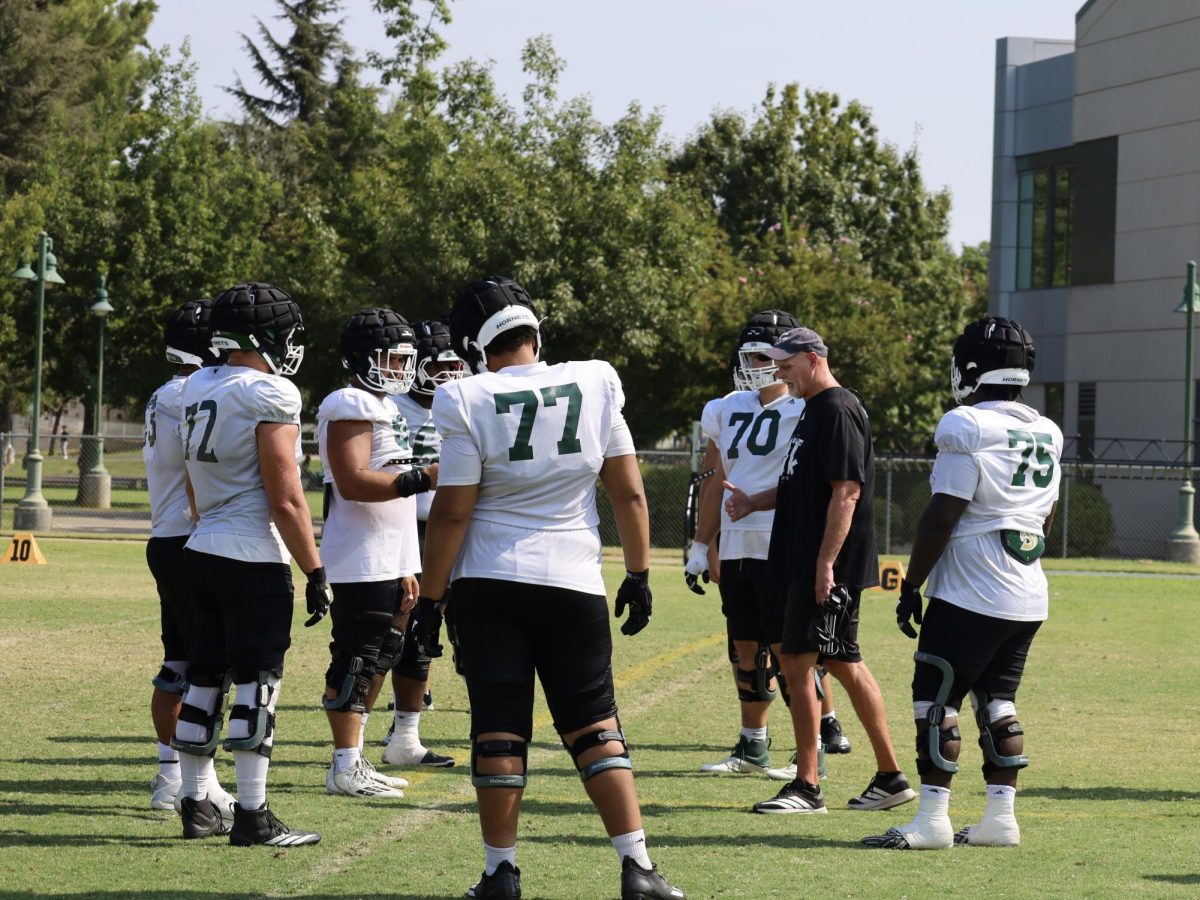‘Stop-Loss’ brings out emotions
April 2, 2008
“Stop-Loss” attempted and failed to teach the audience about the unknown and controversial government loophole policy of stop-loss. It failed because it touched on too many issues surrounding war.
The movie is about a group of Army friends who are from the same town of Brazo, Texas. They return from war after a soldier dies and another is severely injured. Brandon King (Ryan Phillippe) wants to get honorably discharged but is stop-lossed. He goes AWOL as his best friend Sgt. Steve Shriver (Channing Tatum) struggles to keep his fiancée Michele (Abbie Cornish). Fellow soldier Tommy Burgess (Joseph Cordon-Levitt) commits suicide as King is on the run to Mexico.
Producer and director Kimberly Peirce, who directed “Boys Don’t Cry,” should have explained stop-loss early into the film and dropped all the other issues she touched on. King is stop-lossed back to the Iraq War about 15 minutes into the movie. However, about 30 minutes after using stop-loss King explains it as a retention process of soldiers in the service beyond their expected terms.
So many other issues were brought up that I didn’t care to know what stop-loss was anymore. At the end the film returns to the subject of stop-loss by telling the audience that of 310,000 soldiers from 2001 to 2003 more than 80,000 soldiers have been stop-lossed. It was a little too late.
Here are the irrelevant, overemphasized and melodramatic issues brought up that moved away from the point of “Stop-Loss”: the psychological problems returning soldiers face from wife-beating to suicide, the tragedy of being a wounded soldier, the toll on a family of a fallen soldier, as well as on the wives and fiancées, and morality issues among soldiers.
The bloody scenes made the issue more dramatic and helped explain why soldiers wouldn’t want to return to war zones.
Yes, the use of obscene language and racial slurs did make the movie lighter and maybe to some, even funny. However, it is a stereotype and unnecessary.
I commend Peirce for her effort to let the audience get a feel of life of a soldier, even if that does take meaning from her initial reason for creating a film. At best, she allowed us to grasp the core of why war is so costly and controversial for soldiers.
Tatum, who played in “She’s the Man” and “Step Up,” and Phillippe should have switched roles. Tatum’s emotions were raw, felt natural and brought emotions out of the audience, which gasped after Shriver’s fight over war morality with King.
Phillippe exaggerated many scenes by being too in-your-face, too mad and not showing other emotions.
The ending of “Stop-Loss” was unpredictable and heartbreaking because after all the fighting, King returned to Iraq. I predicted that the Army would discharge King. If nothing else in the movie helped push me to recognize and help stop the process of stop-loss, then the ending shows that the only other way around the system is by dying. When I say dying, I mean having to leave your country, home and family to be a different person.
I am grateful that Peirce stayed away from love triangles and hook-ups that would have made the movie extremely weak.
After the movie ended, many people applauded for the raw emotions “Stop-Loss” brought out.
Deur Julie Tcha can be reached at [email protected]




























































































































